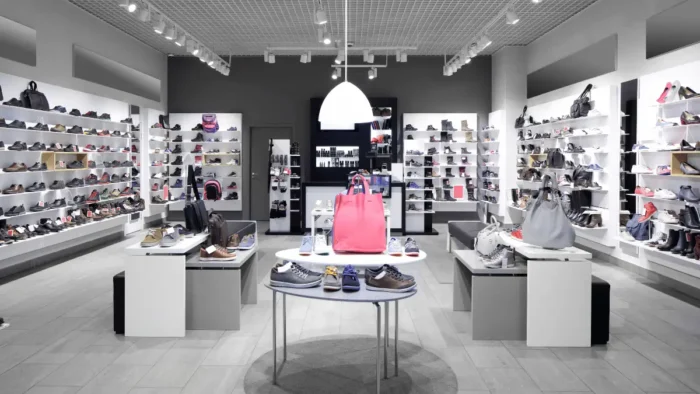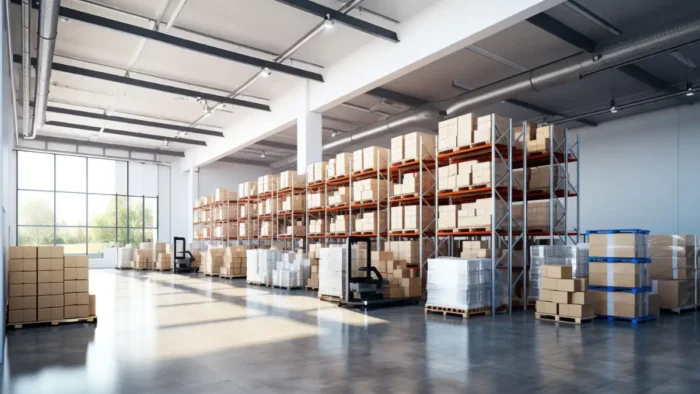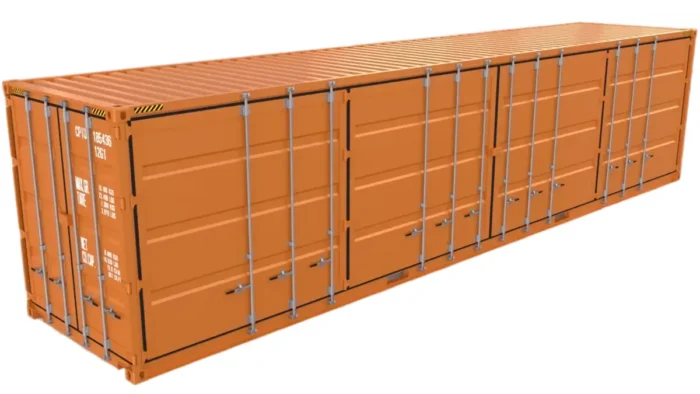Shoplifting is a reality that no retailer can ignore. So rather than burying your head in the sand or expecting not to be targeted, it’s better to be proactive in dissuading it and dealing with the aftermath.
With that in mind, let’s look at some must-know elements of store ownership from the perspective of encompassing the threat of theft.
Implementing Effective Security Measures to Deter Theft
Implementing effective security measures in your retail store goes a long way in deterring potential shoplifters and protecting your business assets. Consider incorporating the following strategies into your loss prevention plan:
- Store Layout: Design stores with wide aisles, good lighting, and proper product placement to reduce blind spots where thieves may hide.
- Clear Signage: Display signage that communicates the presence of surveillance systems or consequences for theft, serving as clear warnings to would-be shoplifters.
- Security Mirrors: Use convex mirrors at strategic points throughout the store or aisle ends to improve overall visibility and discourage surreptitious activity.
- Greeting Customers: Ensure staff members greet customers when they enter, making them feel welcome while subtly signaling that employees are aware of their presence.
Proactively implementing these measures helps you establish a strong foundation for maintaining control over inventory loss while minimizing any disruptive influence on the shopper experience.
Training Your Staff to Identify and Respond to Shoplifting Incidents
Training your staff to identify and respond to shoplifting incidents is crucial for keeping a retail store secure. Before opening a store, staff members should be well-versed in:
- Recognizing suspicious behaviors: Loitering, constant watchfulness, or carrying large bags may indicate potential shoplifters.
- Proper intervention techniques: Politely approaching the suspected individual and asking if they need assistance can deter theft without causing confrontation.
- Legal guidelines: Employees should understand applicable laws about detainment, search protocols, and evidence preservation to address situations effectively while respecting legal boundaries.
The Criminal Penalty for Shoplifting Depends on the Amount Stolen
The criminal penalty for shoplifting depends on the amount stolen, varying significantly between petty theft and grand larceny. In most jurisdictions, smaller acts of shoplifting are usually classified as misdemeanors.
However, more substantial thefts can lead to steep fines or even imprisonment. For instance, in some states like New Jersey, stealing merchandise valued above a certain threshold is among fourth degree crimes that carry harsher penalties than misdemeanor-level offenses.
Store owners must be aware of their local laws when pressing charges against shoplifters to ensure appropriate legal ramifications.

Leveraging Technology Solutions: Video Surveillance and Electronic Tags
Leveraging technology solutions can play a significant role in preventing shoplifting at your retail store. Embracing innovative tools helps streamline security efforts and enhance the overall loss prevention strategy. Some worthwhile investments include:
- Video Surveillance Systems: Strategically placed cameras help monitor critical areas, serve as deterrents for potential thieves, and provide evidence if needed.
- Electronic Article Surveillance (EAS): Implement EAS tags or labels that trigger alarms when removed from the store without deactivation, discouraging theft attempts.
- Smart Shelves: Employing smart shelves equipped with sensors to track product movement alerts staff to suspicious activity in real time.
- Point of Sale (POS) Analysis Software: Monitor transaction data for signs of employee theft or suspicious patterns that could indicate fraudulent activities occurring within your store premises.
Integrating these technological solutions into your daily operations ensures retailers can significantly reduce theft risks while improving inventory control and minimizing losses due to shoplifting.
Wrapping Up
It’s better to stand up to shoplifting rather than taking the hit passively. Now you know what this involves, you can get started on protecting your store more effectively.





